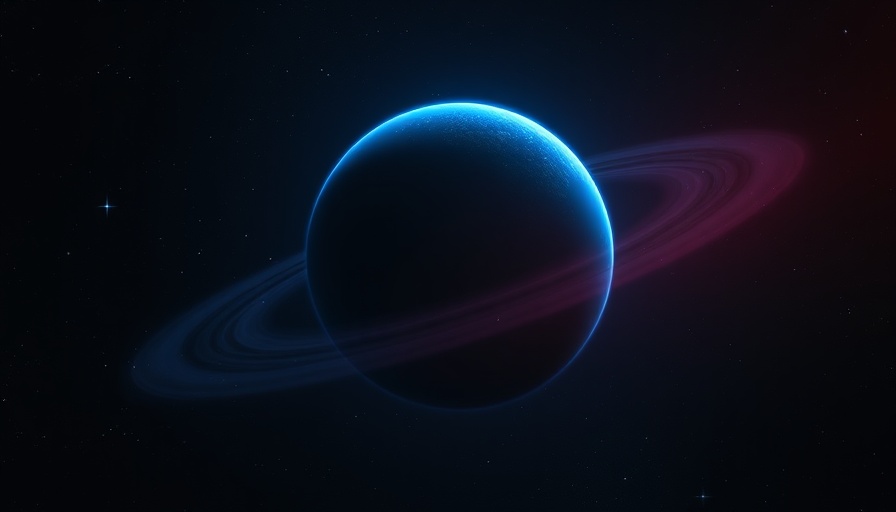
Unraveling the Mysteries of Hycean Worlds
Hycean worlds, a term denoting planets covered almost entirely by oceans and shrouded in thick hydrogen atmospheres, possess a unique appeal for astronomers and astrobiologists alike. Despite the absence of confirmed examples, the potential existence of these intriguing celestial bodies prompts important discussions surrounding their habitability. Recent research highlights how tidal heating—a phenomenon where gravitational forces induce heating—could play a pivotal role in influencing the habitable zones of these speculative planets.
Habitable Zones: A New Perspective
For years, scientists have relied on the concept of a habitable zone (HZ)—the region around a star where conditions are just right for liquid water to exist. Traditionally, this concept has been focused on rocky planets, but hycean worlds represent a new category that requires rethinking existing models. The discovery of hycean planets could redefine our understanding of where life might thrive outside Earth.
A recent paper in The Astrophysical Journal, led by Joseph Livesey from the University of Wisconsin-Madison, asserts that tidal heating may redefine the habitable zones for these worlds, making their boundaries distinct from those of terrestrial planets. As hycean worlds likely orbit in proximity to their host stars—predominantly red dwarfs—this heating has the potential to support liquid oceans even under otherwise inhospitable conditions.
The Role of Tidal Heating
Tidal heating has been observed in our solar system, particularly among the icy moons of Jupiter and Saturn, such as Europa and Enceladus. The immense gravitational forces exerted by gas giants create flexing in the moons, generating heat and allowing subsurface oceans to exist despite the cold void of space. Hycean worlds might similarly utilize tidal flexing as a crucial energy source, possibly creating habitable zones distant from traditional stellar warmth.
Potential for Life Beyond Earth
The implications of this research extend beyond academic curiosity; they inspire a deeper look into the conditions necessary for life to exist on other planets. The potential for extensive subsurface oceans beneath hydrogen atmospheres raises unanswered questions about the forms life could take in such environments. The knowledge that potential life-supporting zones may exist on these distant worlds opens a new chapter in astrobiology, suggesting that the universe may be more habitable than previously believed.
Broader Impacts on Astrophysics
Understanding hycean worlds also impacts our search for exoplanets using advanced telescopes and observational technologies. Researchers will need new tools and methodologies to identify and study these water-rich worlds, broadening our cosmic perspective on planetary formation and evolution.
Conclusion: The Future of Habitable Zones
As studies like Livesey's continue to illuminate the nuances of planetary habitability, they underscore the importance of adapting our scientific approaches to encompass the diverse forms life may take across the universe. The concept of habitable zones is evolving, challenging us to continuously innovate our search for extraterrestrial life in ways that reflect the complexity and diversity of planetary systems.
 Add Row
Add Row  Add
Add 




Write A Comment